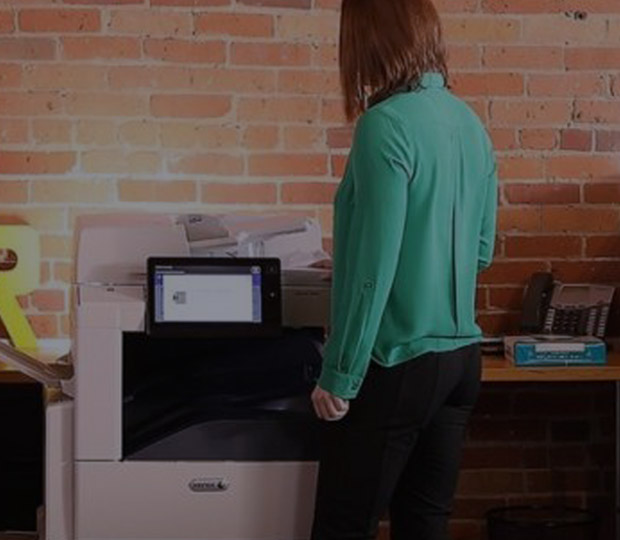Print Management for Home Workers
Read more

Publish date: 16.08.19
One technology that still remains essential to education, is print. Far from becoming redundant in the digital age – as many incorrectly predicted – it has come alive of late, with multifunction printers (MFPs) becoming the gateway through which hard and electronic documents flow in, around and out of organisations. Connected to the network and equipped with intelligent print management solutions, thanks to modern MFPs, print is now making itself accountable to all private and public sector organisations of all sizes. Today, MFPs are better equipped than ever to provide detailed insights into usage and – because they can track who’s printing what and when – they can help to make print more accountable. They can also provide detailed information about the device’s status in terms of performance and consumables. Far from being a burden then, modern MFPs are as much an ally to the IT or Network manager as they are to their users.
But can MFPs be even more painless to use and manage for busy education professionals? The answer is ‘Yes’. From the outset, a well-structured Managed Print Service (MPS) assessment enables organisations to spot which devices are over used, and which are under-used. It can help identify scenarios whereby fleets can be consolidated and under used devices eliminated, saving costs and management complexity. With a properly tailored MPS, you can start saving money even before you start printing.
On a day to day basis, MPS brings real-world benefits, whether from a cost, productivity or management perspective, as Sarah Peace, Head of Desktop & Printing Services, University of York, explains. “Our new HP Partner Managed Print Service means that the University gains from cost and environmental savings, while our staff and students benefit from using the latest HP technology with faster devices and greater productivity.”
Today’s advanced print management capabilities can even match individual privileges to device usage, ensuring rules that insist certain types of document are printed double-sided, are enforced. Rules can also be introduced relating to when colour can and cannot be printed, or whether email footers should be excluded from printed documents. All are measures that reduce print volumes and costs, while bolstering security.
Of course, as MFPs have become more advanced, they’re not shy of being similar to computing devices. This means organisations need to realise that unless properly secured, MFPs introduce new security threats and challenges, exposing education institutions to internal and external security vulnerabilities. An MPS devised with security at its heart can – for instance – prevent scanned documents from being emailed from the device to outside the company, or it can create alerts when they detect that potential document-related security breaches may be about to occur.
With the Summer holidays upon us, now’s a great time to reconsider your print fleet and to reconsider the role that a MPS can play in keeping your education institution up to date with the latest in MFP technology, intelligent print management solutions and security best practice.


